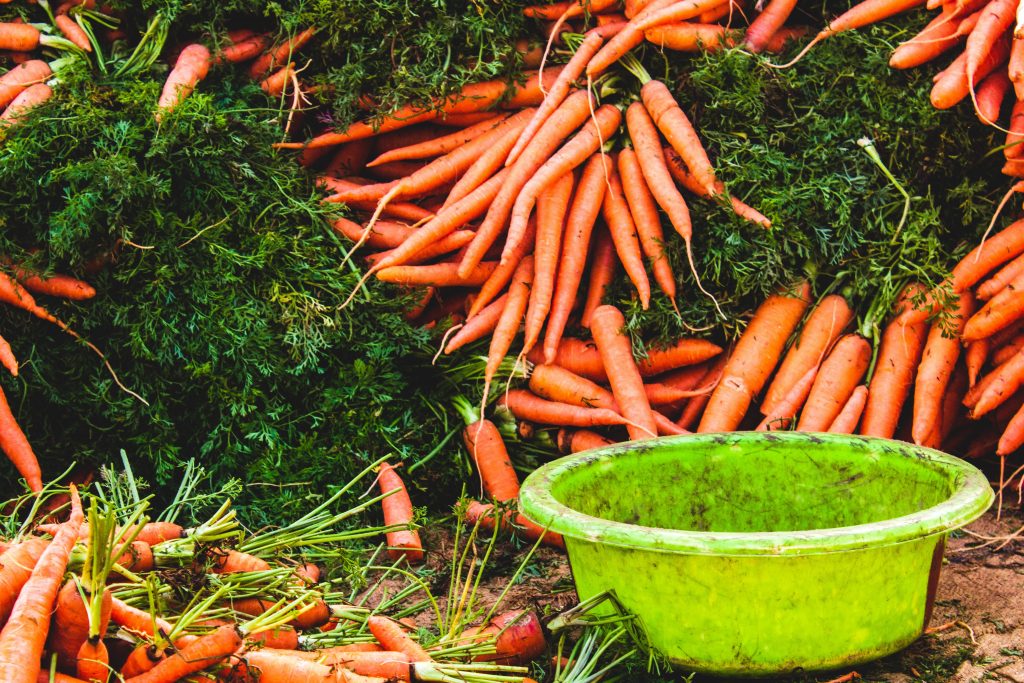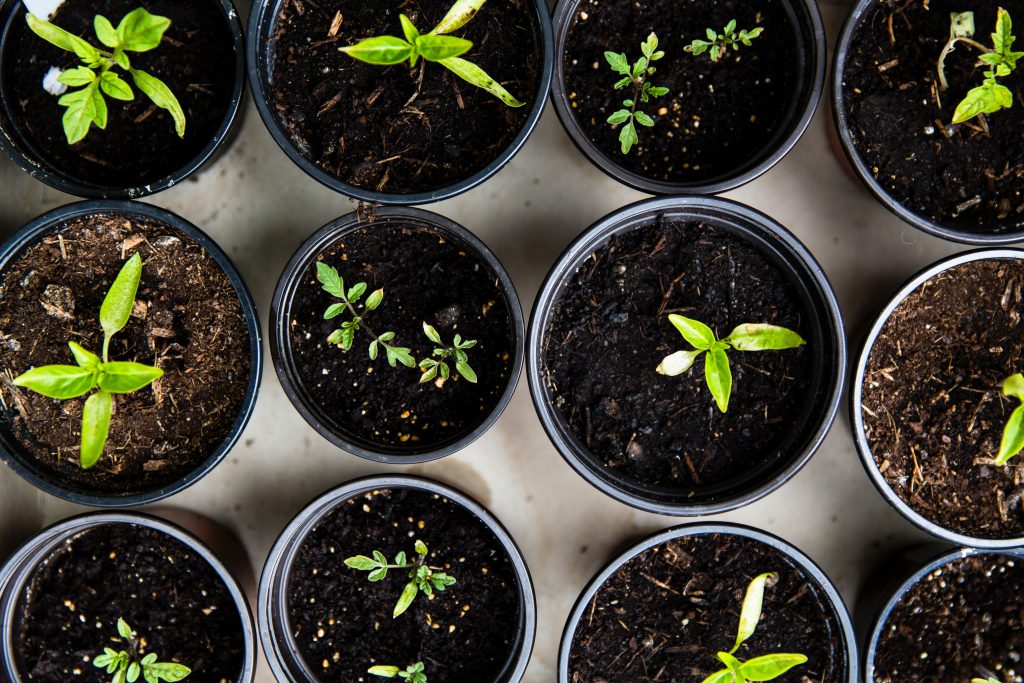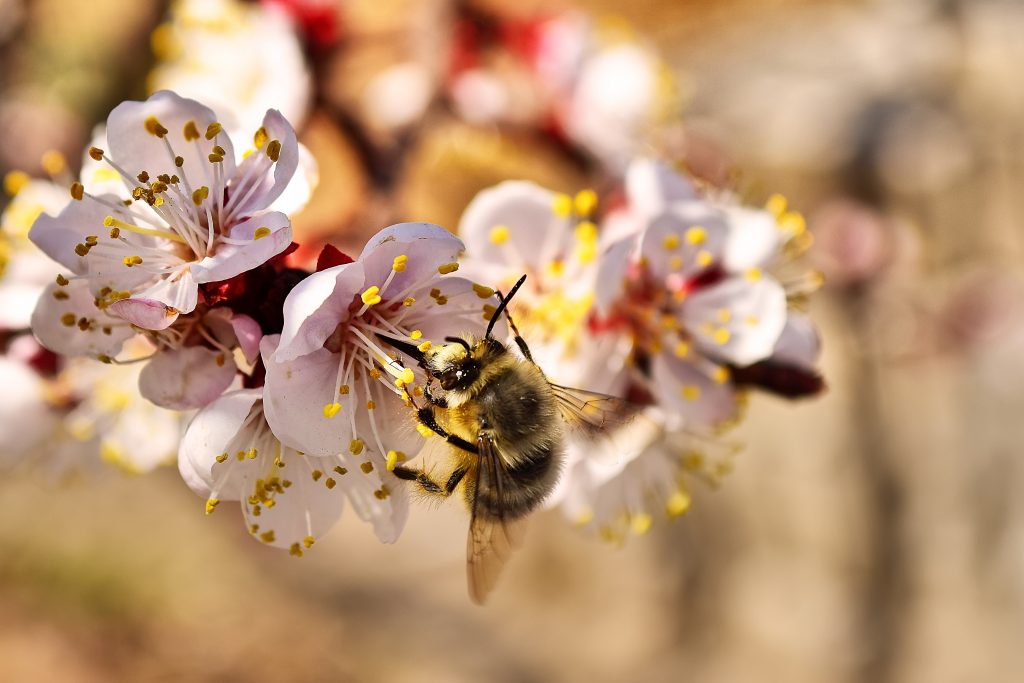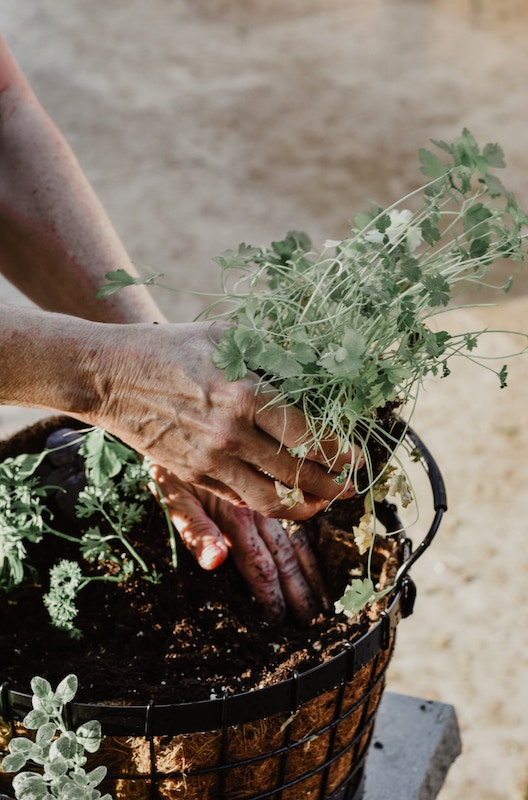Vegetable gardening has become a very popular activity over the year with the growing need to behave respectfully toward the environment and eat healthily. This is a rewarding hobby full of delicious results that will enrich your life just like the mere activity of planting and tending to vegetable will. However, although it appears easy, vegetable gardening still requires some finesse and skill to do it successfully.
So, here are tips and tricks for beginners that will help you start with your vegetable garden and overcome obstacles along the way.
- Vegetables for beginners
As a first-time vegetable gardener, you would probably want to plant all that you desire right away. However, it’s best to start with plants that are easy to grow just to get the handle of things and learn some basics without being disappointed by failed attempts. Lettuce and other salad greens are highly recommended to start your garden with since they grow quickly and don’t require much space.

Although you can make a lot more dishes with tomatoes, the complexity of their purpose doesn’t make them complicated to grow. Carrots, radishes, cucumbers, and zucchini are also among the easy ones and you will have fresh batches from spring to fall so pay attention to the quantities you plant. All these vegetables will make you quite a prolific producer which will boost your confidence and teach you some tips and tricks to use on more demanding plants.

- Plan the use of space
Before you start planting, it’s important to take a good look at your garden space and get to know its characteristics. Sunlight is crucial for a healthy growing garden so you will have to plan the use of space in order to have as much exposure as necessary. A rookie mistake is to plan for a huge vegetable garden that will occupy the entire space and let you grow anything you want.
However, big gardens and demanding crops need a lot of attention and you should only commit to this if you have time and resources. If you have small space, you can still be a successful gardener by using raised beds and deciding on fewer plants. Some vegetables will even thrive among the flowers so you can always create a colorful garden full of a variety of plants and scents.
- Raised beds vs. traditional rows
Raised beds and traditional rows both have their advantages although modern vegetable gardening recommends going for the former. That way, you will maximize the use of space and have more control over the amount of food you produce. Furthermore, traditional rows work well on farms because their people use machinery for tending to plants and harvesting.
If you have a back problem, you may find it easier to keep the raised beds high enough so you won’t have to bend uncomfortably. It will be easier to remove weeds, harvest and plant, as well as to carry produces from one place to another without lifting things up from the ground.
- Tend to climbing vegetables appropriately
Trellising is a great way to use the space efficiently since it will allow you to grow crops vertically and in higher numbers. However, some plants naturally need support to grow like tomatoes and peas so you will have to trellis them before they reach certain heights. You can use a fence or any type of material to build this support, just make sure you do it on time and do it gently so you wouldn’t damage the plant.
- Get your materials ready
On average, a raised planter box requires 20 bags of soil each with 2 cubic feet of dirt, so use hand trolley to transport as many as you need before you start planting so you don’t come short. Also, make sure that you have composed ready, as well as hose attached to an operational water source. Always wear gloves to avoid any injury and use appropriate tools to break big pieces of soil and make holes for planting.
- Welcome the pollinators into your garden

Natural pollinators are very important for the environment and to keep your garden healthy giving you continuous harvest during the year. A bee-friendly garden is not hard to have and you won’t have to put any extra work to care for these pollinator-attracting plants. Lavender, sunflowers, and lilac all have sweet nectar which bees love, and will also make your garden full of life with their colors.
But other than flowers, herbs like sage, oregano, mind, and thyme will also make your garden welcoming for pollinators and be a great addition to dishes made with your fresh vegetables. You can also add some wildflowers among the vegetables like winecups, yarrow, and spiderwort or whichever are native to your area.

- Choose the right time of day for vegetable gardening
You can plant your vegetable garden and tend to it at any time of the day, however, while your veggies love the sun, it may bother you. Therefore, avoid tending to your garden between 10 a.m. and 4 p.m. when UV radiation is at the highest to avoid getting sunburns. Late afternoon is the best time for transplants so the heat and sun wouldn’t damage their sensitive roots and leaves, or do it during a cloudy day.
Finally
These tips and tricks for vegetable gardening for beginners will get you started on basics and help you learn how to be a responsible gardener. Just remember to start slow and progress to more demanding plants from there so you can enjoy the fruits of your success right from the beginning.


Sarah Jessica Smith Freelance writer From Sydney, Australia https://www.clippings.me/sarahjessicasmith
Here is another comprehensive overview on Vegetable Gardening for Beginners.
